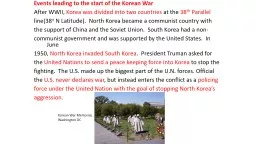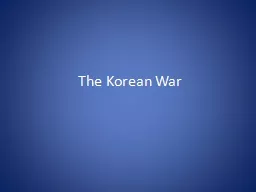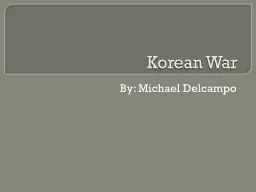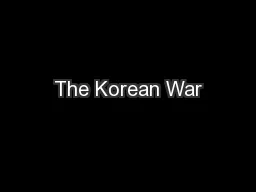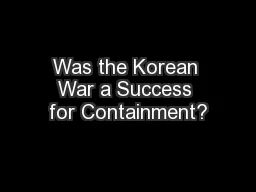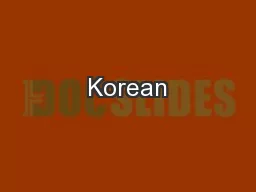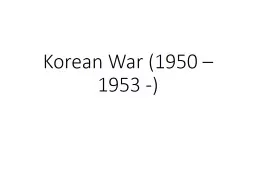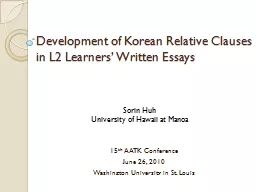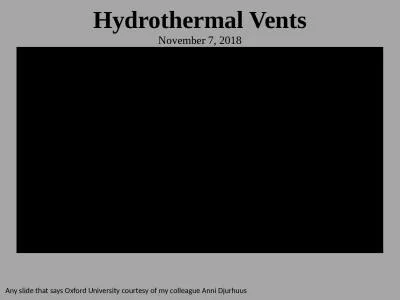PPT-E vents leading to the start of the Korean War
Author : aaron | Published Date : 2019-12-22
E vents leading to the start of the Korean War After WWII Korea was divided into two countries at the 38 th Parallel line38 o N Latitude North Korea became a communist
Presentation Embed Code
Download Presentation
Download Presentation The PPT/PDF document "E vents leading to the start of the Kore..." is the property of its rightful owner. Permission is granted to download and print the materials on this website for personal, non-commercial use only, and to display it on your personal computer provided you do not modify the materials and that you retain all copyright notices contained in the materials. By downloading content from our website, you accept the terms of this agreement.
E vents leading to the start of the Korean War: Transcript
Download Rules Of Document
"E vents leading to the start of the Korean War"The content belongs to its owner. You may download and print it for personal use, without modification, and keep all copyright notices. By downloading, you agree to these terms.
Related Documents

